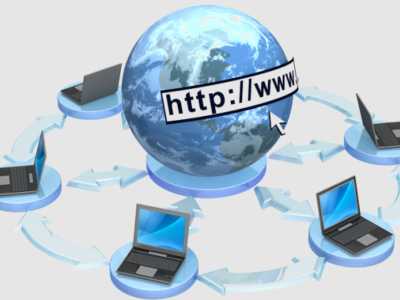Find out the many benefits of using nanotechnology in forensic studies and learn about some of its prominent applications in the field today.
What is Nanotechnology?
Forensic science is the application of science to law enforcement and the legal system. It encompasses various disciplines, including chemistry, biology, physics, and engineering.

nanotechnology
A critical area of forensic science is nanotechnology. Nanotechnology uses tiny machines and instruments that are 100 or even 1000 times smaller than average size. These little machines can be used to extract information from objects or tissues that would be impossible for humans to access.
How does Nanotechnology work in forensic studies?
Nanotechnology is a field of study that deals with the use of tiny particles and structures at the atomic level. It has many applications in forensic studies, including helping in solving crimes and identifying suspects.
One of the ways that nanotechnology is used in forensic studies is by helping to identify and analyze microscopic evidence. This includes blood splatter, hair strands, tears, saliva, and other fluids. By analyzing how these substances are structured and how they’ve been affected by heat or radiation, investigators can determine what happened during the crime scene.
This information can then be used to help convict or exonerate suspects based on their innocence or guilt. In some cases, it may also be enough to charge them a crime.
Why is Nanotechnology important in Forensic Studies?

nanotechnology
Nanotechnology is important in forensic studies because it can be used to extract information from objects and samples that would otherwise be difficult or impossible to obtain.
One of the main applications of nanotechnology in forensic studies is its ability to capture and analyze tiny pieces of evidence. This is done by using specially designed nanoparticles that are able to travel into small spaces inaccessible to other types of instruments. This allows investigators to collect DNA, fingerprints, and other biological materials from hard-to-reach places.
Furthermore, nanotechnology can also be used to detect traces of explosives and toxins. By examining the way these substances interact with the atomic structure of matter, detectives can determine whether they were used at a crime scene. Finally, nanotechnology has even been used to reconstruct images and videos damaged or destroyed during an investigation.
Future of Forensic Science with Nanotechnology
Forensic science is an important field that uses various technologies to investigate crime. One of these technologies is nanotechnology, which has the potential to revolutionize forensic investigations in the future.
Nanotechnology has the ability to inspect objects and tissues at a molecular level. This means that it can identify small traces of evidence that would be invisible to traditional forensic methods. In addition, it can destroy or modify any object or tissue to help investigators retrieve evidence criminals may have tried to hide.
As nanotechnology becomes more advanced, it will become increasingly helpful for forensic investigations. It will allow investigators to solve crimes faster and more accurately by identifying clues that would otherwise be impossible to find. This could lead to a safer society where law enforcement can tackle crimes more efficiently and accurately.
The future of forensic science looks very bright with the use of nanotechnology. It is revolutionizing how we investigate crimes and helping bring justice to those who have been wronged.










Comments